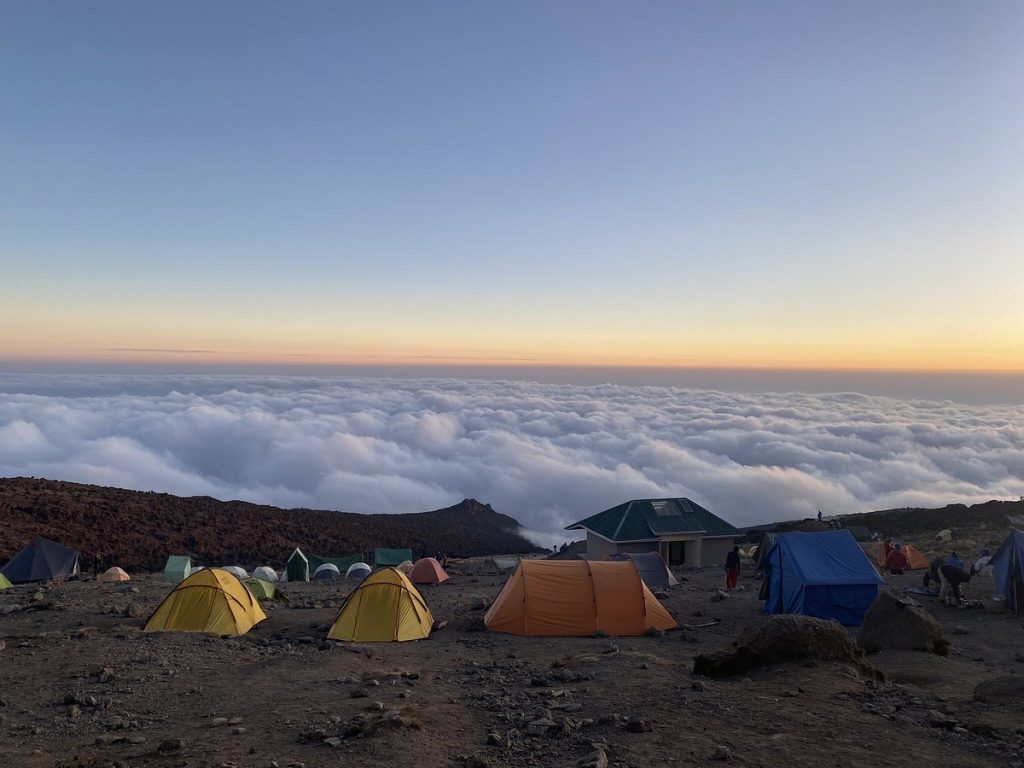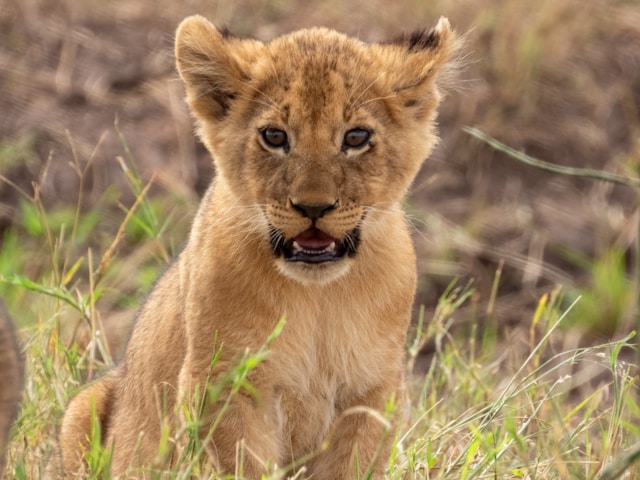Tanzania is the largest nation in East Africa and one of the most intriguing places to visit. It is located just south of the equator and is bordered by the Indian Ocean. There are many well-known attractions during your Tanzania trip which you can encounter, including Zanzibar with its serene pine Zanzibares, beautiful coral reefs, and legendary Stone Town.
Mount Kilimanjaro, Africa’s tallest mountain, which can be hiked from 5 days; and a magnificent expansion of nature reserves that cover one-third of the country, including Ngorongoro Crater and the grimy Serengeti plains, the iconic Africa of elephants, antelopes, lions, leopards, and cheetahs. A Tanzania trip of a lifetime may be had by combining these factors with Tanzania’s extensive ethnic variety, jungle walks, and possibly the greatest diving and snorkeling on the planet.
Besides most famous places to visit during your Tanzania trip, below we have brought to you list of activities that you can take while on a Holiday to Tanzania with any reputable Safari Company from Arusha or Moshi:
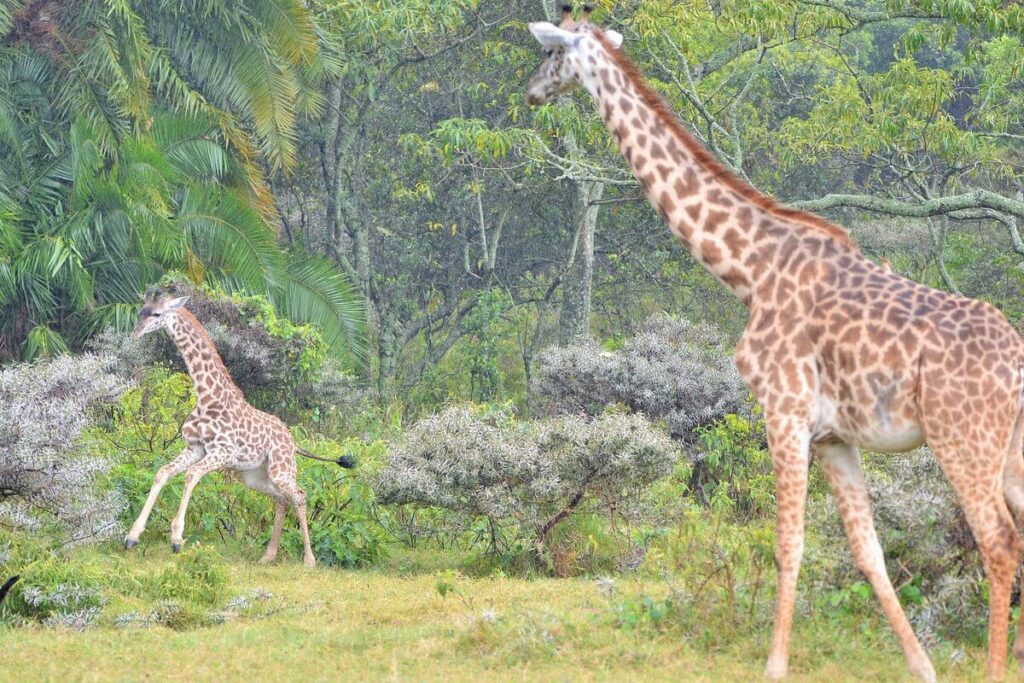
#1: Tanzania Cultural Tourism Program
The majority of visitors come to Tanzania to see the Zanzibares and the wilderness, and maybe even climb Mount Kilimanjaro, but an increasing number of them discover that mingling with the people is the actual pleasure of their Tanzania trip activities. We agree totally, and it’s very easy to set up. Safati ASAP may assist you in choosing one of the cultural activities that would directly benefit the community.
The idea is as straightforward as it is successful: tourists get to know locals, their way of life, history, and surroundings in close-knit, respectful, and always unforgettable ways; in exchange, villagers gain directly from revenues (for guides, food, lodging, and entry fees), as well as through “development fees” funding community-managed projects like agriculture, healthcare centers, and schools.
The rates for the numerous cultural programs, which range in length from two hours to more than a week, are fair, especially if you book directly with Jolita Safari.
#2: Tanzania Hiking Adventure
Driving about won’t provide you the same level of interaction with residents and the natural environment as hiking does, nor will it give you the same exquisite sense of being at one with the planet. A six- or seven-day ascent and descent of Mount Kilimanjaro, Africa’s highest peak at 5891 meters, is one of the most challenging adventures but life experiences during your Tanzania trip. A two- or three-day climb of Mount Meru (4566m), the stunning monster that towers over Arusha, is less expensive and a little simpler but just as exciting.
Other summits that may be scaled are the 3417-meter Mount Hanang near Babati and the 2889-meter Ol Doinyo Lengai, which spews carbonate between Ngorongoro and the arid region around Lake Natron. The climbs up Mount Hanang are coordinated locally; Jolita Safari can handle the additional arrangements. Although none of the climbs need specialized knowledge or abilities, Kilimanjaro and Meru both require significant preparation.
It’s one point to reach the summit of a mountain. The historic Eastern Arc mountain ranges, a disjointed chain of remote peaks that includes North and South Pare, West and East Usambara including Amani Nature Reserve, the Ulugurus, and Udzungwa Mountains National Park, all of which are conveniently traversed on foot, can be just as thrilling for discovering the rainforests on their side. For this, there are few places better in Africa than the Eastern Arc mountains.
Numerous benefits include some of the world’s most biodiverse terrain, which is home to hundreds of rare species of plants, flowers, birds, bugs (including butterflies), and monkeys, as well as enchanted liana-draped woodland landscapes, secret brooks, and waterfalls. Tanzania’s southern highlands, located farther south, await.
This region is home to crater lakes, hot springs, and the dormant Mount Rungwe volcano, which may be ascended in a day or, preferable, over three. The crown gem of this region is Kitulo National Park, often known as “God’s Garden” by residents. The highland plateau is home to more than fifty different varieties of orchids as well as the recently discovered kipunji monkey, yet it currently sees very few visitors.
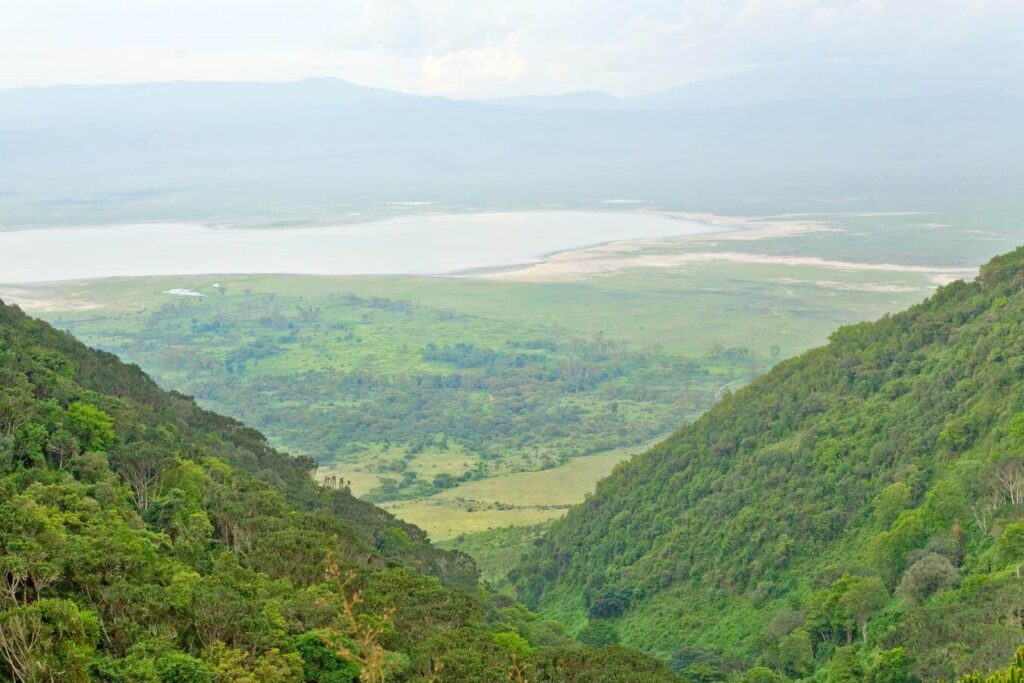
Wildlife parks and reserves are just as untamed for walking, but they only last a few hours rather than days. In these places, you may go on a bush walk with an equipped ranger or guide and come face to face with elephants, buffalo, antelopes, and other animals. Since you can’t just show up at the entrance and start marching, it is advisable to book the walks via Jolita Safari or stay within the park.
Arusha National Park is excellent for exploring Mount Meru’s lower slopes; Gombe Stream and Mahale on the shore of Lake Tanganyika are excellent for chimpanzee tracking; Ruaha is good for classic savanna wildlife; Ngorongoro is good for the “Crater Highlands,” a multiday trek; Katavi is good for unthinkable numbers of hippos and crocodiles, and Selous is good just because it’s gorgeous.
#3: Birdwatching during your Tanzania Trip
Around 1200 bird species may be found in Tanzania, including some “Red Book” rare endemics that can only be found in specific woods or mountain ranges. From November to March, when locals are joined by Eurasian and Palearctic migrants, is the greatest period for birdwatching.
Every location has something unique, so it’s inconceivable to single out one as being better than another. However, some standouts include Rubondo Island in Lake Victoria, a haven for water birds, Tarangire National Park, which has over 550 recorded species, and the nearby Conservation Area, which is home to enormous flocks of flamingos and rare raptors in Lake Natron.
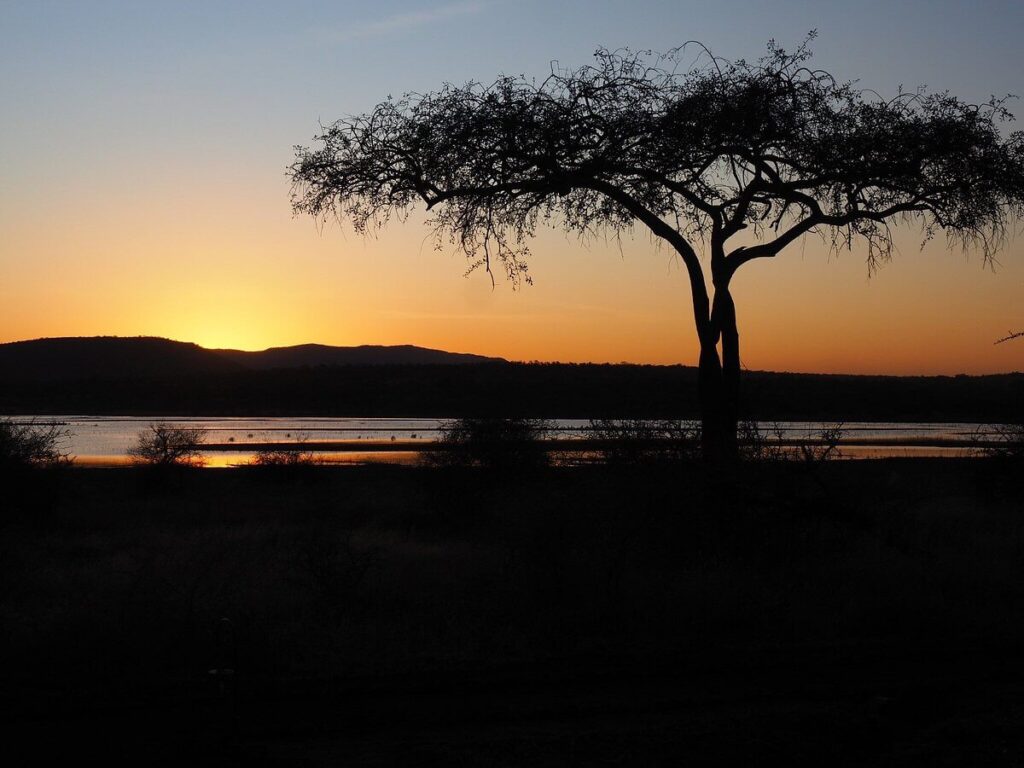
While other Eastern Arc mountain ranges, such as Uluguru and Udzungwa, also contain uncommon endemics, the rainforest at Amani Nature Reserve in East Usambara is the place to be for endemics. Several safari companies in Arusha and Moshi provide dedicated birdwatching expeditions in Tanzania, including Jolita Safari.
#4: Scuba Diving while in Tanzania Holiday
Tanzania is a perfect site to train how to dive because there are many dive shops here and practically all of them provide PADI-accredited programs. In addition to bigger accessible creatures like gigantic groupers, Napoleon wrasse, barracuda, kingfish, tuna, and wahoo – enormous, extremely fast variants of mackerel — divers may expect to see an abundance of colorful tropical fish in expansive coral gardens on any dive. Year-round, you can also view dolphins and turtles, but to see whale sharks or whales, which come up the coast from southern Africa in the second part of the year to nurse their young in East Africa’s warm waters, you’ll need luck (and the appropriate season).
Experienced divers can also take pleasure in drift dives, wreck dives, and night dives, depending on the region. Pemba, whose dizzying drop-offs are filled with a magnificent diversity of life, Misali Island is a special jewel, is arguably Tanzania’s most spectacular diving spot, and undoubtedly has the cleanest water. However, the powerful currents that make many dives here interesting are also potentially dangerous; as a result, beginners should gain experience on Zanzibar’s Unguja Island, whose eastern side is protected by a barrier reef.
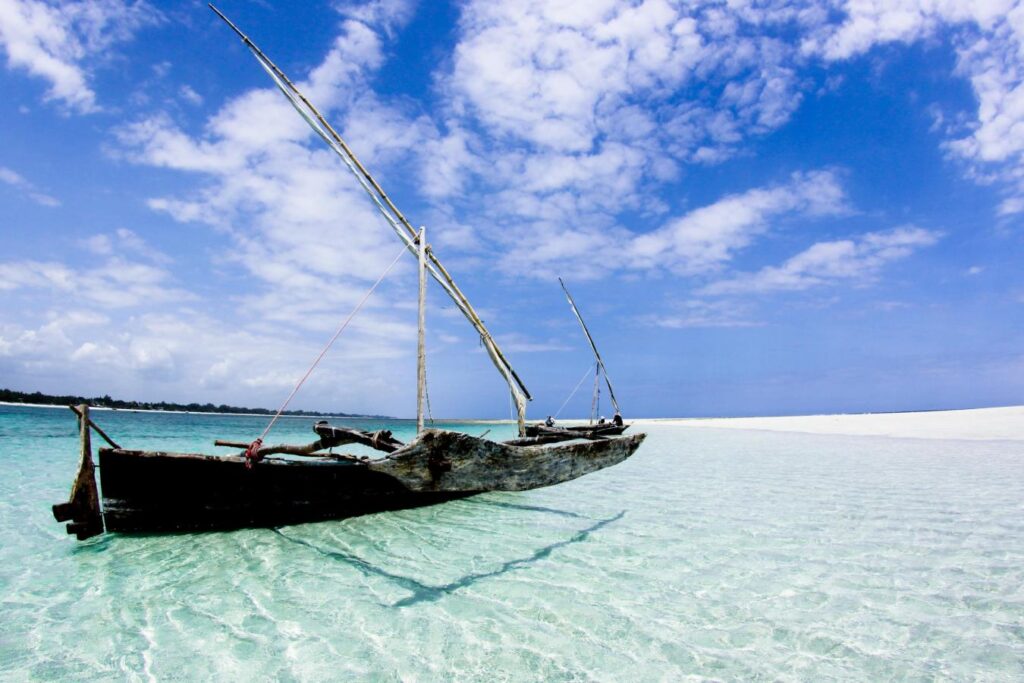
Additionally, you may go scuba diving off Kilwa Masoko (high drop-offs) and in the beautiful, little-known Ruvuma region near the Mozambique border. The clearest and calmest months to dive are typically November and March, but given how the seasons have been acting lately, you may find that October or February is preferable as there is a potential of heavy winds from November to January. The monsoon wind, which lasts from June to September, is windy and rough waves and strong currents will force you to stay in lagoons or bays.
#5: Snorkeling while on a Tanzania Trip
A fun and affordable method to explore the ocean’s depths, snorkeling is frequently accessible on dive boats since neighboring shallow diving reefs are common. In Mafia’s Chole Bay and off the eastern coast of Unguja, a barrier reef encloses a number of shallow, protected tidal lagoons, making these two locations the most accessible for snorkeling.
Chumbe Island, southwest of Unguja, features a particularly unique reef that is accessible to snorkelers but not divers. It boasts some of the most diverse and thick coral growth in Africa and shelters 90% of the fish species found in East Africa. Go freshwater snorkeling in the north end of Lake Nyasa near Matema for a completely unique experience. This area is notable for having an extraordinary variety of colorful cichlids.
If you intend to do a lot of snorkeling, bring your own gear even though you may rent it from the hotels for a reasonable fee. It may also be possible to purchase a set in Stone Town or Dar. If you want to plan your snorkeling vacation to Zanzibar, get in touch with Jolita Safari right away.
#6: Boating during your Tanzania Trip
A boat tour is a traditional method to have fun in the seas of East Africa. These excursions, if planned specifically for tourists, often last a day or even less time, and may include snorkeling, visiting mangroves, and islands, or slowly sailing along a river in search of wildlife, primates, crocodiles, and hippos.
The main locations for dhow excursions are Stone Town (sunset cruises and snorkeling trips), Kilwa Masoko (mainly for visiting Kilwa Kisiwani and other ancient ruins), Nungwi and Pemba (boozy sunset cruises), Pemba (snorkeling, deserted islands, and mangroves), and nearly anywhere on Unguja’s eastern coast (more snorkeling, and mangroves).
The only interior boat travel options in Tanzania, other than ferry rides on the lakes, are wildlife cruises on the Rufiji in the Selous and for accessing the national parks of Gombe, Mahale, and Rubondo Island. In order to avoid being someone’s next meal, contact us for additional information about how to utilize dugouts to explore Lake Babati and Lake Nyasa (from Matema). The Momela Lakes in Arusha National Park and the neighboring crater lake Lake Duluti are two other locations close to Arusha where you may go canoeing.

Conclusion
The wildlife is the main draw of any safari in Tanzania and the one feature that draws in the most tourists. This is not entirely unexpected. When it comes to the diversity and quantity of animals, Tanzania is arguably the world’s richest nation. Tanzania, which is well aware of this, has converted a quarter of its land (247,537 sq. km.) into national parks and reserves that are among the best and largest on the continent. Tanzania takes animal protection very seriously despite the nation’s struggling economy. Her stance on wildlife requires that this resource be safeguarded for everyone’s enjoyment.

